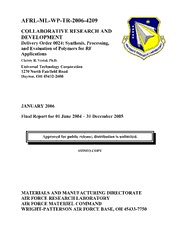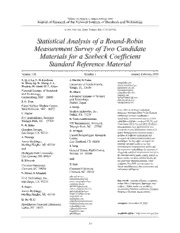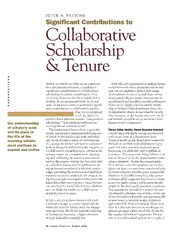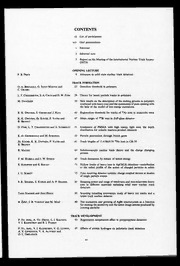
What Is Digital Journalism Studies? PDF
Preview What Is Digital Journalism Studies?
What is Digital Journalism Studies? What is Digital Journalism Studies? delves into the technologies, platforms, and audience relations that constitute digital journalism studies’ central objects of study, outlining its principal theories, the research methods being developed, its normative underpinnings, and possible futures for the academic field. The book argues that digital journalism studies is much more than the study of journalism produced, distributed, and consumed with the aid of digital technologies. Rather, the scholarly field of digital journalism studies is built on questions that disrupt much of what previously was taken for granted concerning media, journalism, and public spheres, asking questions like: What is a news organisation? To what degree has news become separated from journalism? What roles do platform companies and emerging technologies play in the production, distribution, and consumption of news and journalism? The book reviews the research into these questions and argues that digital journalism studies constitutes a cross-disciplinary field that does not focus on journalism solely from the traditions of journalism studies, but is open to research from and conversations with related fields. This is a timely overview of an increasingly prominent field of media studies that will be of particular interest to academics, researchers, and students of journalism and communication. Steen Steensen is Professor of Journalism and former (2016–2020) Head of the Department of Journalism and Media Studies at Oslo Metropolitan University. He currently leads the international research project Source Criticism and Mediated Disinformation (2020–2024). He is associate editor of Journalism Practice and has a background as a journalist. Oscar Westlund (PhD) is Professor in the Department of Journalism and Media Studies at Oslo Metropolitan University, where he leads the OsloMet Digital Journalism Research Group. He holds secondary appointments at Volda University College and the University of Gothenburg. He is the editor-in-chief of Digital Journalism. He leads The Epistemologies of Digital News Production research project funded by the Swedish Foundation for Humanities and Social Sciences. Disruptions: Studies in Digital Journalism Series editor: Bob Franklin Disruptions refers to the radical changes provoked by the affordances of digital technologies that occur at a pace and on a scale that disrupts settled understandings and traditional ways of creating value, interacting and communicating both socially and professionally. The consequences for digital journalism involve far reaching changes to business models, professional practices, roles, ethics, products and even challenges to the accepted definitions and understandings of journalism. For Digital Journalism Studies, the field of academic inquiry which explores and examines digital journalism, disruption results in paradigmatic and tectonic shifts in scholarly concerns. It prompts reconsideration of research methods, theoretical analyses and responses (oppositional and consensual) to such changes, which have been described as being akin to ‘a moment of mind-blowing uncertainty’. Routledge’s new book series, Disruptions: Studies in Digital Journalism, seeks to capture, examine and analyse these moments of exciting and explosive professional and scholarly innovation which characterize developments in the day-to-day practice of journalism in an age of digital media, and which are articulated in the newly emerging academic discipline of Digital Journalism Studies. User Comments and Moderation in Digital Journalism Thomas B. Ksiazek and Nina Springer Smartphones and the News Andrew Duffy What is Digital Journalism Studies? Steen Steensen and Oscar Westlund For more information, please visit: www.routledge.com/Disruptions/ book-series/DISRUPTDIGJOUR What is Digital Journalism Studies? Steen Steensen and Oscar Westlund First published 2021 by Routledge 2 Park Square, Milton Park, Abingdon, Oxon OX14 4RN and by Routledge 52 Vanderbilt Avenue, New York, NY 10017 Routledge is an imprint of the Taylor & Francis Group, an informa business © 2021 Steen Steensen and Oscar Westlund The right of Steen Steensen and Oscar Westlund to be identified as authors of this work has been asserted by them in accordance with sections 77 and 78 of the Copyright, Designs and Patents Act 1988. The Open Access version of this book, available at www.taylorfrancis.com, has been made available under a Creative Commons Attribution-Non Commercial-No Derivatives 4.0 license. Trademark notice: Product or corporate names may be trademarks or registered trademarks, and are used only for identification and explanation without intent to infringe. British Library Cataloguing-in-Publication Data A catalogue record for this book is available from the British Library Library of Congress Cataloging-in-Publication Data Names: Steensen, Steen, (Professor of journalism) author. | Westlund, Oscar, author. Title: What is digital journalism studies? / Steen Steensen, Oscar Westlund. Description: London ; New York : Routledge, 2020. | Includes bibliographical references and index. Identifiers: LCCN 2020019445 | ISBN 9780367200909 (hardcover) | ISBN 9780429259555 (ebook) Subjects: LCSH: Online journalism—Research. | Online journalism— Research—Methodology. | Digital media—Research. Classification: LCC PN4784.O62 S73 2020 | DDC 070.1—dc23 LC record available at https://lccn.loc.gov/2020019445 ISBN: 978-0-367-20090-9 (hbk) ISBN: 978-0-429-25955-5 (ebk) Typeset in Bembo by Apex CoVantage, LLC Visit the eResources: www.routledge.com/9780367200909 Contents List of figures viii List of tables ix Foreword x 1 The introduction: the premises and principles of digital journalism studies 1 1.1 Four structural premises for digital journalism studies 4 1.2 The separation of news from journalism 6 1.3 What does Digital Journalism studies look like? 8 1.3.1 The interdisciplinarity of digital journalism studies 9 1.3.2 Digital journalism studies and global diversity 11 1.4 Outline of the book 12 2 The definitions: current debates and a framework for assessing digital journalism studies 15 2.1 Digital journalism studies: definitions and debates 15 2.2 An analytical framework: society, sector, and scholarship 19 2.2.1 Issue (in)visibility 21 2.2.2 Pro-innovation bias 22 2.2.3 Path dependency 23 2.2.4 Addressability 24 2.3 Turning to thematic clusters in Digital Journalism 25 3 The technologies: unpacking the dominant object of study in Digital Journalism Studies 27 3.1 Data journalism 29 3.2 Analytics and metrics 30 vi Contents 3.3 Algorithms and automation 34 3.4 Concluding discussion 38 4 The platforms: distributions and devices in digital journalism 40 4.1 Digital journalism and platforms 41 4.1.1 Building platform presence 42 4.1.2 Platform counterbalancing 48 4.2 Digital journalism and digital devices 51 4.3 Discussions and conclusions 53 5 The theories: how digital journalism is understood 55 5.1 What is theory and why does it matter? 57 5.2 The multitude of theories in digital journalism studies 58 5.2.1 Digital journalism as a social system 59 5.2.2 Digital journalism as a socio-technical practice 62 5.2.3 Digital journalism as a democratic force 64 5.2.4 Digital journalism as post-industrial business endeavour 66 5.2.5 Digital journalism as cultural production and discourse 67 5.3 The theoretical blind spots of digital journalism studies 68 6 The assumptions: the underlying normativity of digital journalism studies 72 6.1 The normative future-predictions of digital journalism studies 74 6.1.1 Digital journalism studies and the discourse of crisis 76 6.1.2 Digital journalism studies and the discourse of technological optimism 79 6.2 Digital journalism studies and the discourse of innovation 81 6.2.1 The newness bias 82 6.2.2 The problems with change and how to deal with them 84 6.3 Concluding remarks 85 Contents vii 7 The methodologies: how digital journalism is researched 87 7.1 Methods in Digital Journalism 89 7.2 Numbers, metrics, and computational methods 91 7.2.1 Advancing content analysis in digital journalism studies 92 7.2.2 Computational methods and analysis of information networks 93 7.2.3 Problems with big data computational methods 95 7.3 Digital ethnography 97 7.4 Audience research 99 7.5 Concluding remarks 100 8 The futures: deconstructions of and directions for digital journalism studies 102 8.1 Digital journalism studies for or about the sector 104 8.2 Key takeaways: the formative formations of the field 106 8.3 Directions for digital journalism studies for the 2020s 109 Selected references 117 Index 120 Figures 1.1 Share of the most dominant disciplinary perspectives in abstracts of articles published in Digital Journalism from issue 1, volume 1 (2013) to issue 4, volume 7 (2019). Every second abstract is analysed (N = 172). 10 1.2 First authors of all articles published in the journals Digital Journalism, Journalism Studies, Journalism: TP&C, Journalism & Mass Communication Quarterly, and Journalism Practice during the years 2013–2019. Definitions of the regions are based on the UN Regional groups. 13 6.1 Google Scholar search on the search terms “journalism” and “crisis” (excluding “crisis journalism”) and how the result compares to a similar Google Scholar search on just the word “journalism”. 76 6.2 Google Scholar search on the terms “journalism” and “innovation” and how the result compares to a similar Google Scholar search on just the word “journalism”. 82 Tables 1.1 2018 citation metrics and ranking within the discipline of communication from SJR (SCImago Journal Ranking), Scopus, and Google Scholar. The table displays the five top journalism journals. 8 2.1 Definitions of digital journalism and digital journalism studies discussed in a special issue of Digital Journalism. The table was originally published in Eldridge II et al. (2019, p. 392). 17 2.2 Thematic clusters of keywords used in the 343 original articles published in Digital Journalism from volume 1, issue 1 (2013) to volume 7, issue 4 (2019) that contained keywords. 26 7.1 Unique and clustered keywords in articles published in Digital Journalism 2013–2019 belonging to the Methodology thematic cluster. 89
The list of books you might like

$100m Offers

Better Than the Movies

The 5 Second Rule: Transform your Life, Work, and Confidence with Everyday Courage

Believe Me
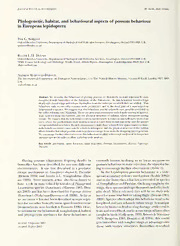
Phylogenetic, habitat, and behavioural aspects of possum behaviour in European lepidoptera

BWT AQA basic

Ferroic materials for smart systems from fundamentals to device applications
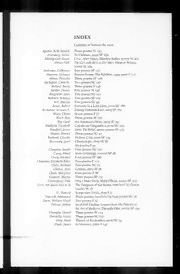
Prairie Schooner 2006: Vol 80 Index

C.A. No. 12088-12089/2018
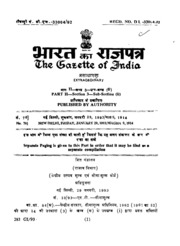
Union Government, Extraordinary, 1993-01-29, CSL, Ref. CSL
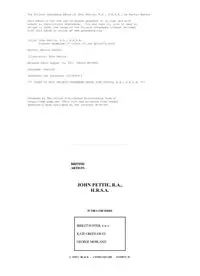
British by AUTHOR

Korpuskatalog till doktorsavhandling "Vikingatida runbleck: Läsningar och tolkningar" / Korpuskatalog till "Viking-Age Runic Plates: Readings and Interpretations"
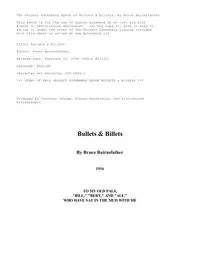
Bullets Billets by Bruce Bairnsfather
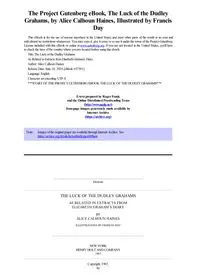
The Luck of the Dudley Grahams by Alice Calhoun Haines
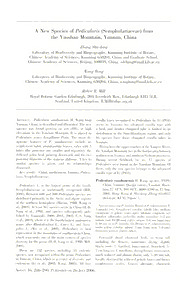
A New Species of Pedicularis (Scrophulariaceae) from the Yaoshan Mountain, Yunnan, China
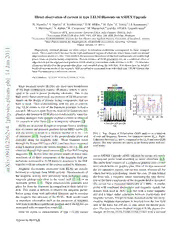
Direct observation of current in type I ELM filaments on Asdex Upgrade
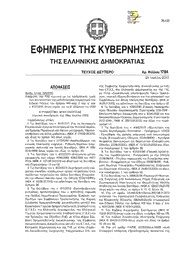
Greek Government Gazette: Part 2, 2013 no. 1784
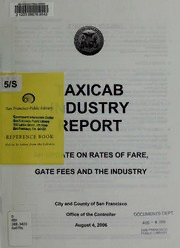
Taxicab industry report : an update on rates of fare, gate fees and the industry

Vital Signs: 2016: E-cigarette Ads and Youth
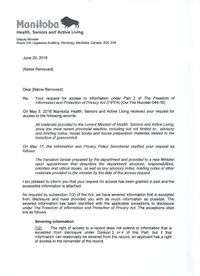
Health, Seniors and Active Living
